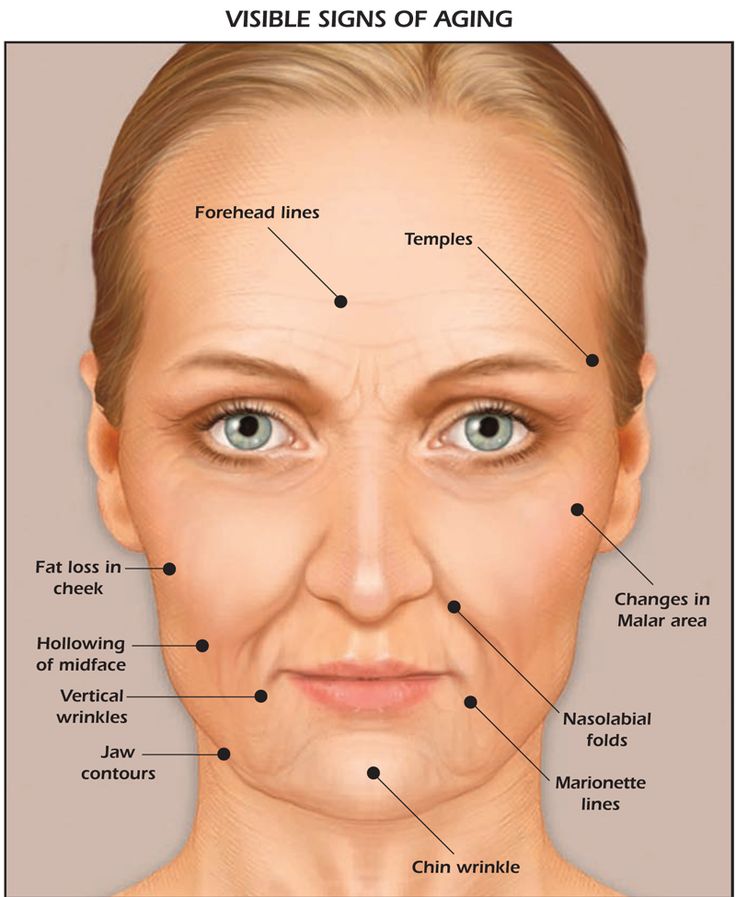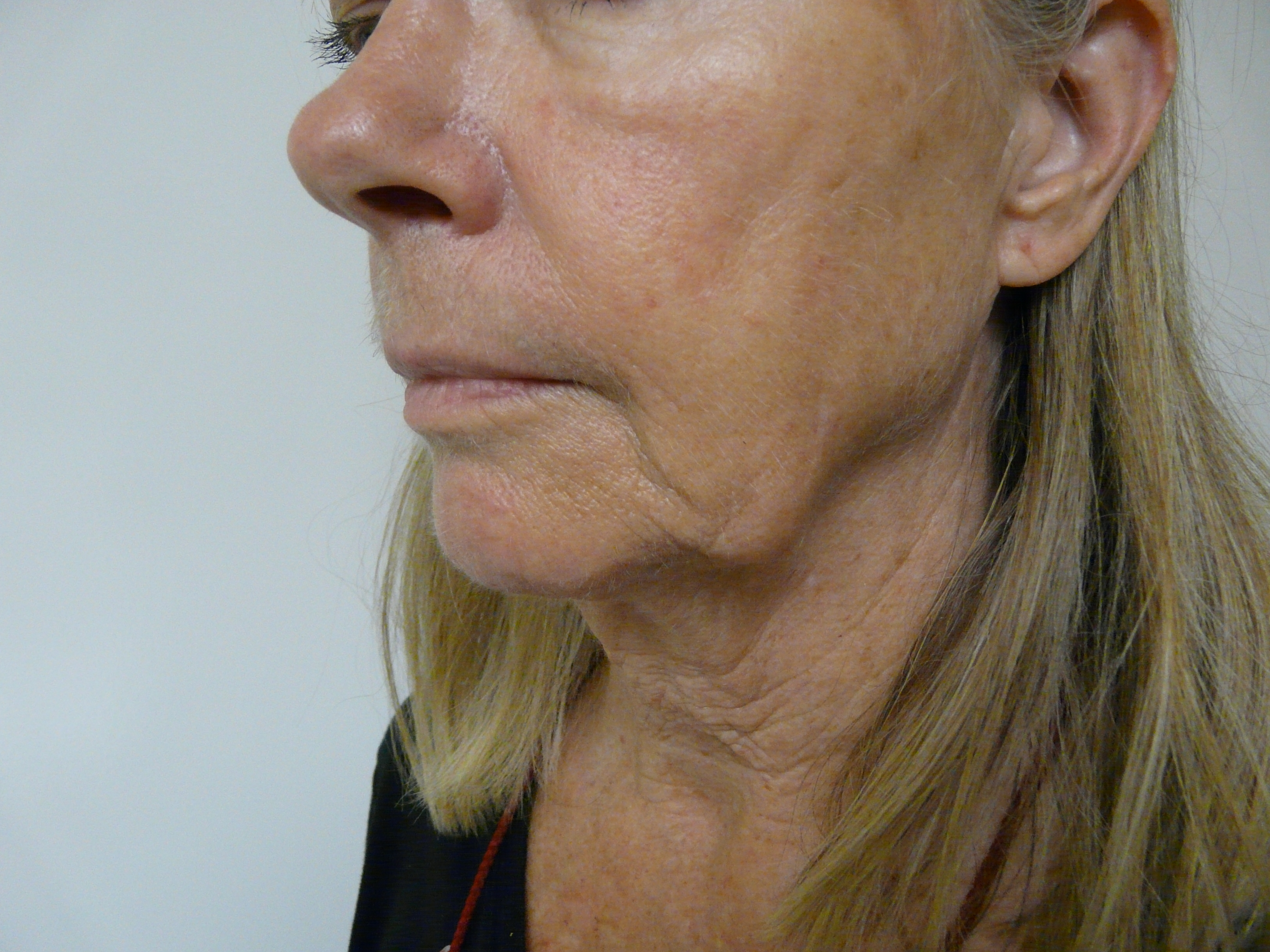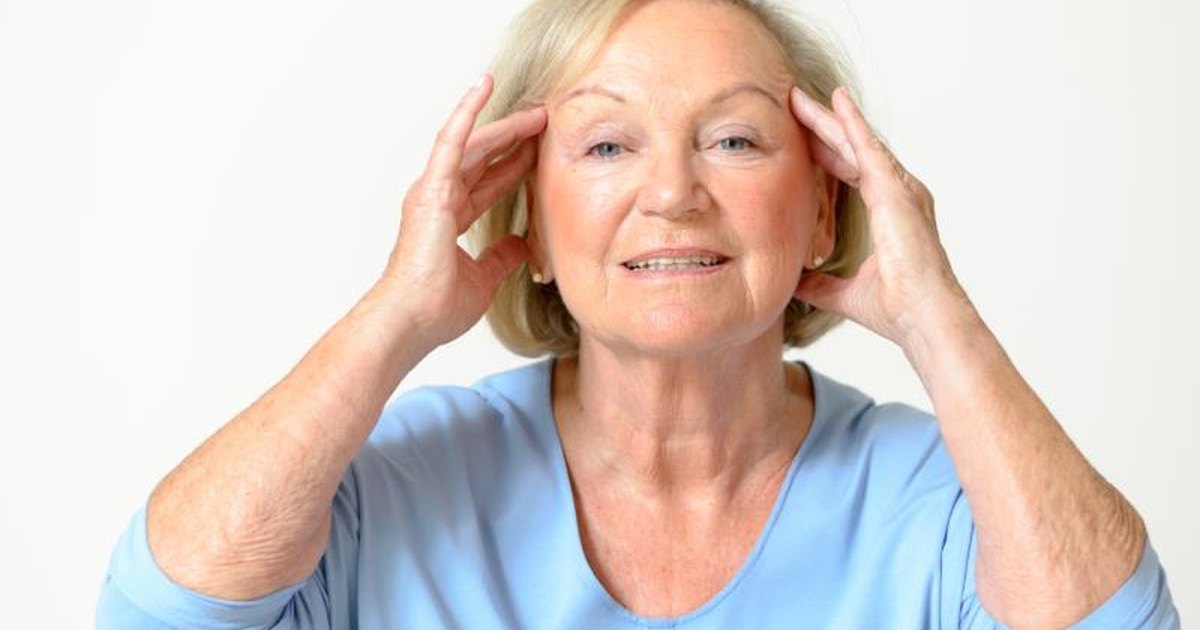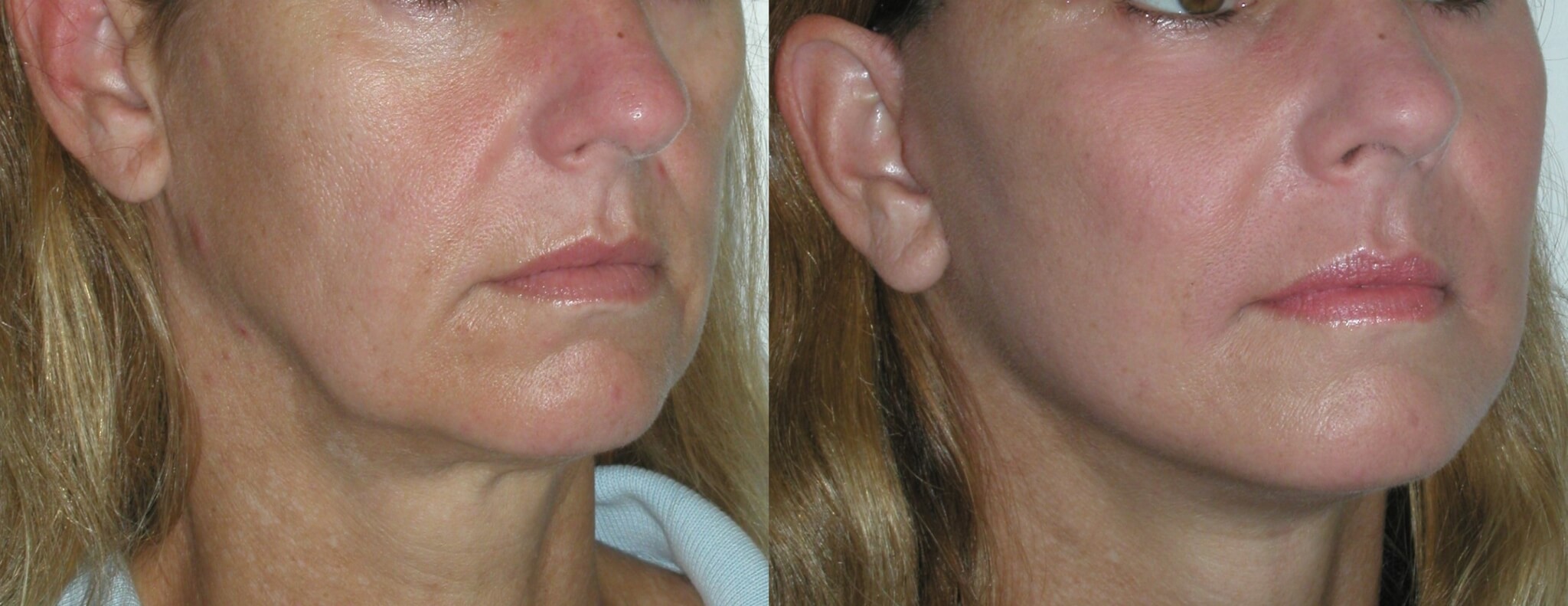
Cheeks (Latin: buccae) constitute the area of the face below the eyes and between the nose and the left or right ear.”Buccal” means relating to the cheek.In humans, the region is innervated by the buccal nerve.

As your skin ages and begins to lose elasticity, you might notice your jowls, or the lower cheek and jaw areas on either side of the mouth, begin to sag

Jowls certainly are one of the main facial aging issues that leads people to seek a facelift, and jowls absolutely can recur after a face and necklift – especially if the ‘facelift’ is limited to surgery on the facial skin only.

Facial SAG is Caused by Facial BONE-LOSS | Today’s Facial Exercises (Muscle Only) Fall Short. STUDY Supports NEW TRAINING – FlexEffect Bone-Modeling
Mouth Exercises . To exercise the muscles around your mouth and lips, first close your mouth and press your lips together. Make sure you don’t allow your lips to purse or pout; you want to just press them together firmly.

Most people who work out in gyms or in the home spend plenty of time on the arms, legs and torso, but usually forget exercises specifically for the face
Sagging jowls is a condition that affects many of us as we age. If you’re experiencing sagging in your face, click here to discover the best treatment.

Raise sagging jowls, loose face, and neck skin with facial and cheek exercises. Your fingertips can shed years off your face using acupressure

The Best Facial Exercises for Jowls and Defined Jawline are Found in FlexEffect’s Target-Training | Advanced Facialbuilding goes far beyond Facial Exercises

There is a period of time between when the dreaded jowls start to show up and the time when surgery is warranted. During that time, fillers such as Juvederm placed carefully along the jawline and in areas of hollowness in the face can go a long way.
